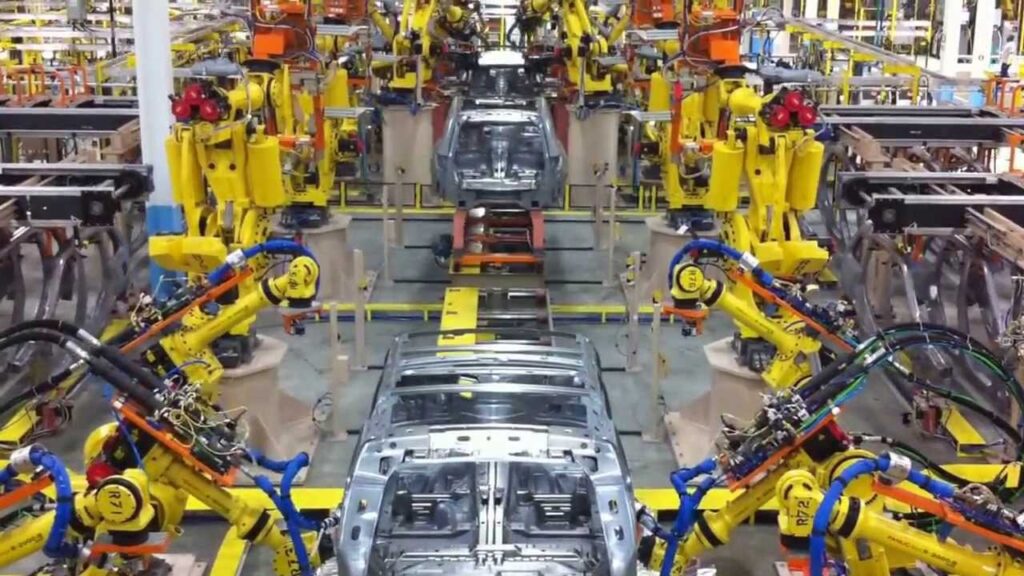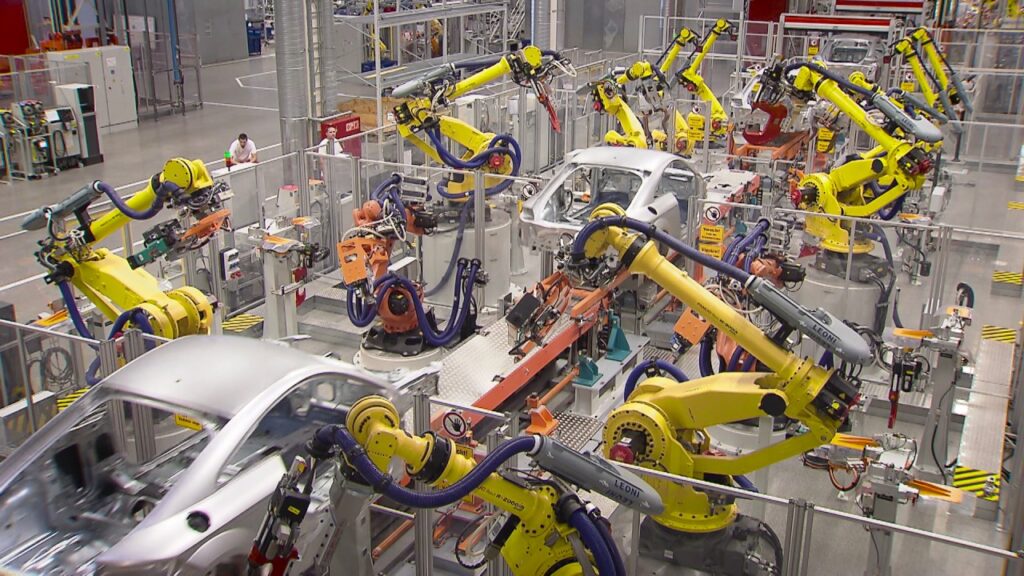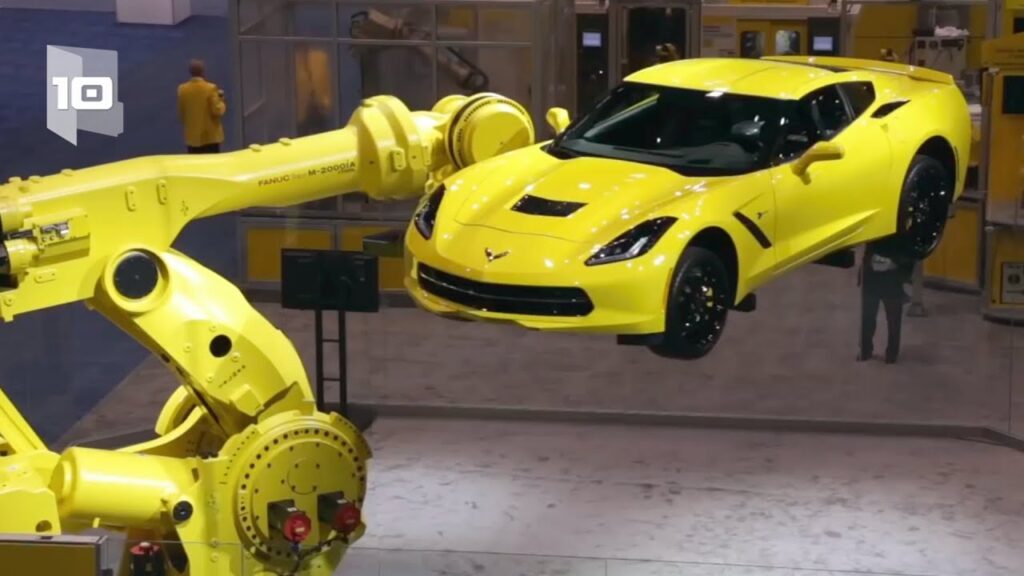Industrial Robots in Manufacturing: Revolutionizing the Way Cars Are Built
Introduction
Robotic automation has been transforming the manufacturing industry, and one area where it has made significant strides is in the production of cars. With the advancement of industrial robots, the process of building cars has become more efficient, precise, and cost-effective. In this article, we will delve into the fascinating world of robots framing body sides and roofs, shedding light on the crucial role they play in modern automotive manufacturing.
Industrial Robots: The Backbone of Car Production
Large-scale car manufacturing has seen a remarkable shift in recent years, with robots taking center stage in many production lines. The ability of robots to undertake repetitive tasks with unparalleled precision and speed has revolutionized the industry. One of the most critical aspects of car production is framing the body sides and roofs, and this is precisely where industrial robots excel.
Using state-of-the-art technology, these robots are capable of maneuvering intricate body panels and welding them together. They ensure that each component is perfectly aligned, resulting in a sturdy and streamlined car structure. Let’s explore the mechanisms and techniques behind this awe-inspiring process.
Framing Body Sides and Roofs: A Delicate Operation
Building the foundation of a car requires extreme accuracy and attention to detail. Industrial robots in manufacturing are equipped with sophisticated sensors and advanced algorithms that enable them to work with precision. They are programmed to identify and locate the body panels, ensuring the perfect fit.
Once the panels are in place, the robots use a combination of hydraulic force and intricate welding techniques to secure the frame. This process involves laser-guided tools to ensure the welding is precise and consistent. The robots work swiftly, swiftly moving from one section of the car to another, while their programming allows them to make real-time adjustments based on variations in the components.
The Benefits of Industrial Robots in Car Manufacturing
The integration of industrial robots in the framing of body sides and roofs brings numerous benefits that have revolutionized the car manufacturing process. Here are some of the most significant advantages:
1. Increased Efficiency and Speed: Robots can work around the clock without experiencing fatigue. This leads to a significant increase in production speed, resulting in quicker turnaround times and meeting market demand more efficiently.
2. Enhanced Precision: The accuracy and precision of robots surpass human capabilities. The alignment of body panels and welding is done flawlessly, leading to structurally robust cars with minimal room for error.
3. Cost Reduction: Industrial robots have helped car manufacturers cut costs by reducing the need for human labor, minimizing the risks of errors, and optimizing production processes. This cost-efficiency has translated into more competitive pricing for consumers.
4. Safety Improvements: Car manufacturing plants can be hazardous environments, with risks of accidents and injuries. By delegating repetitive and dangerous tasks to robots, the safety of human workers is significantly enhanced, ensuring a healthier working environment.
Looking Ahead: The Future of Industrial Robots in Car Manufacturing
As technology continues to evolve at a rapid pace, the future holds immense promise for industrial robots in car manufacturing. The integration of Artificial Intelligence (AI) and Machine Learning (ML) algorithms will further enhance the capabilities of robots. This will allow them to adapt to changing circumstances in real-time, making autonomous decisions, and streamlining the production process.
Moreover, collaborative robots, also known as cobots, are gaining traction in the industry. These robots can work alongside human operators, assisting them in tasks that require precision and strength. Cobots offer a flexible and adaptable solution, combining the best of human expertise and robotic precision.
Conclusion
The integration of industrial robots in manufacturing has transformed the way cars are built. The framing of body sides and roofs, a crucial step in car production, has become faster, more precise, and cost-effective. With advanced technologies and sophisticated programming, robots have elevated the efficiency and safety standards of car manufacturing plants.
As we gaze into the future, the potential for further advancements in industrial robots in car manufacturing is staggering. From AI and ML integration to the rise of collaborative robots, the industry is poised for a new era of innovation. As we embrace these technological advancements, it is essential to recognize the pivotal role industrial robots play in shaping the future of automotive manufacturing.
Industrial Robot
“Revolutionizing Car Assembly: Harnessing the Power of Industrial Robots in Automotive Manufacturing”


